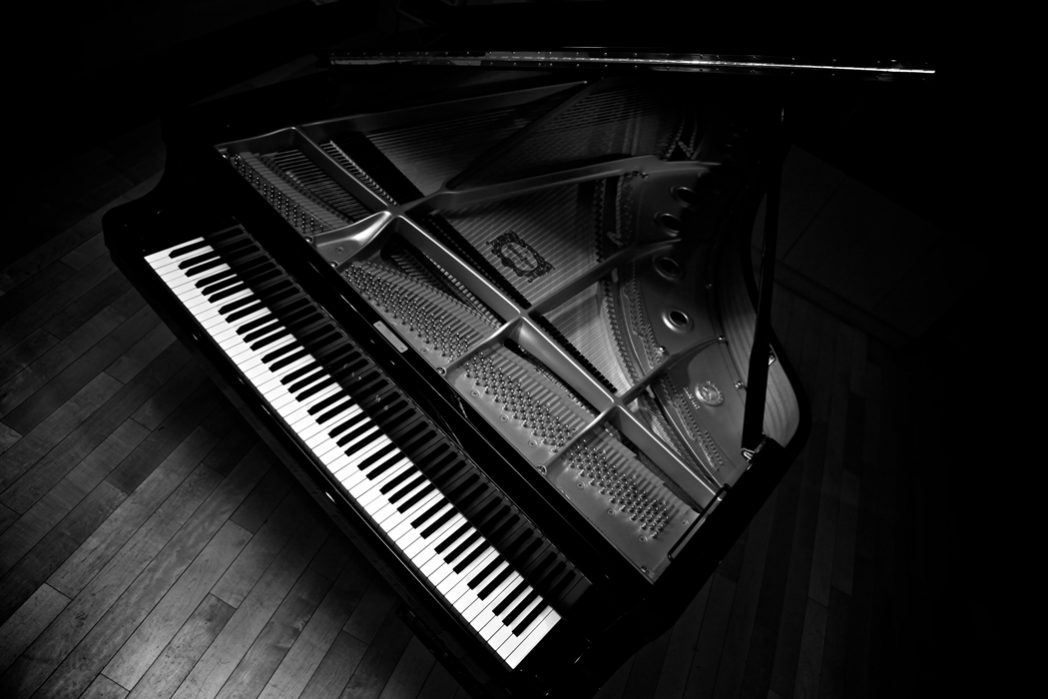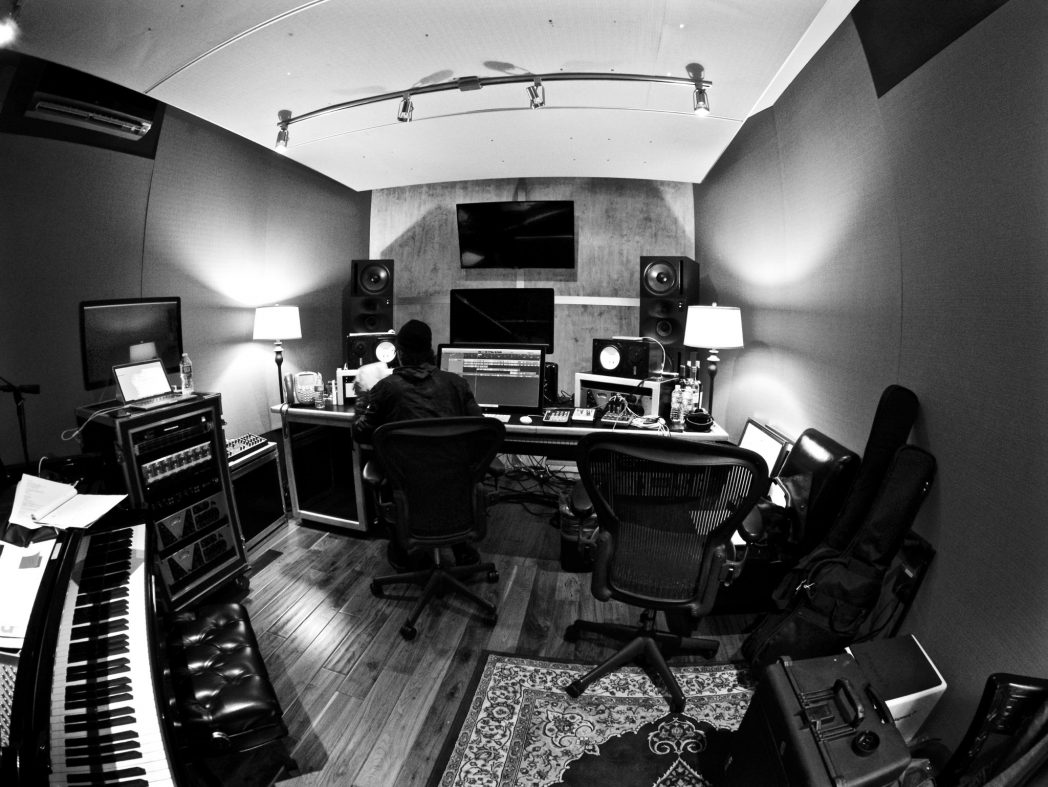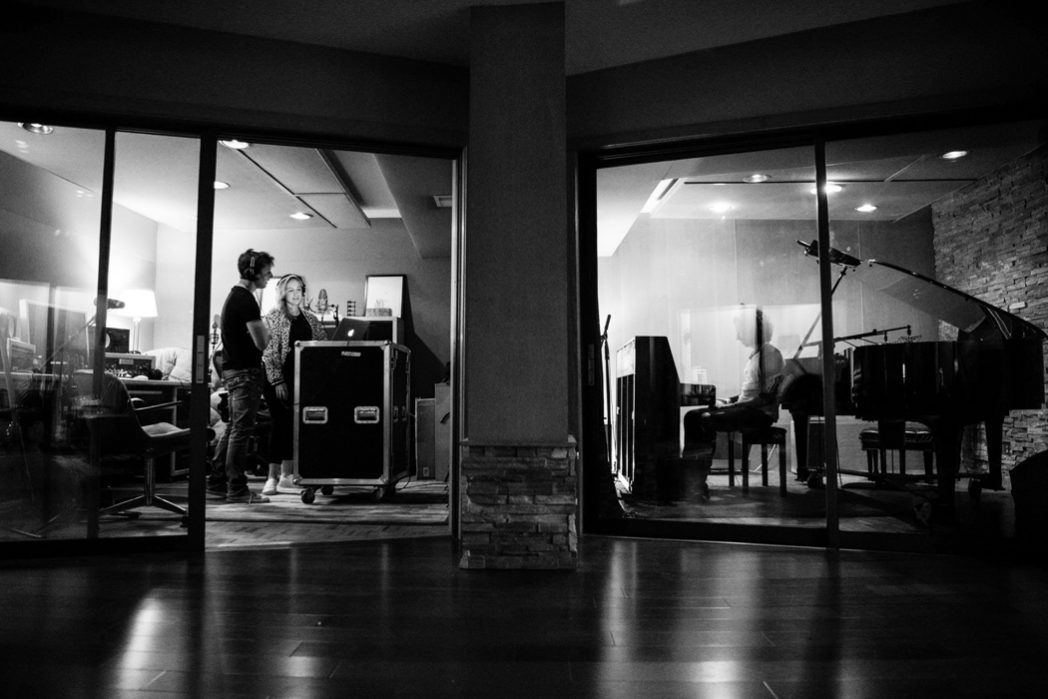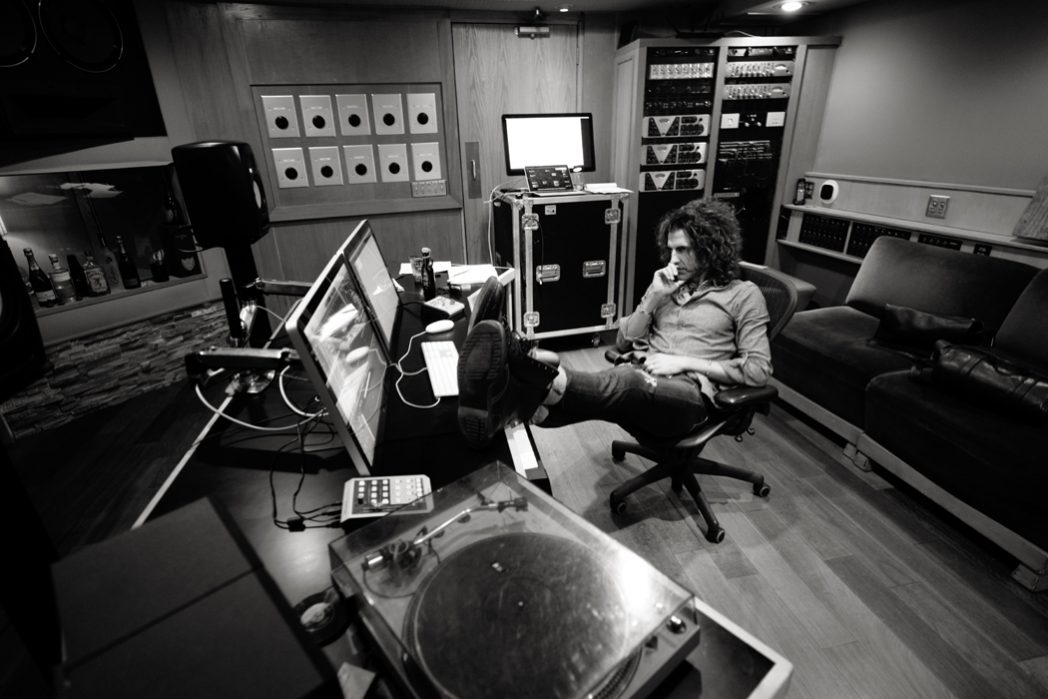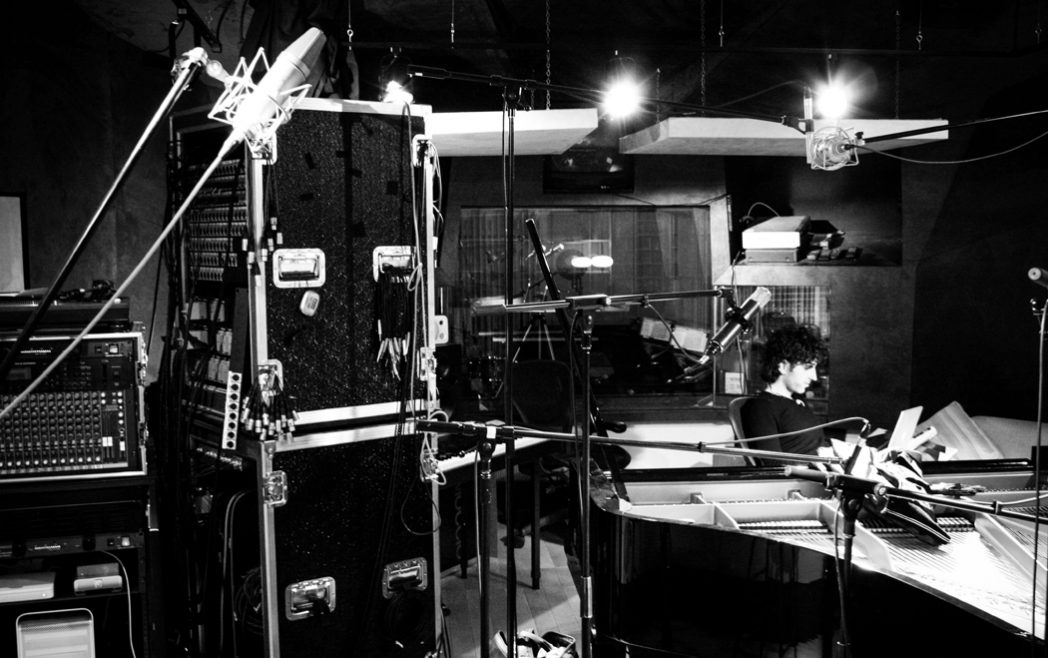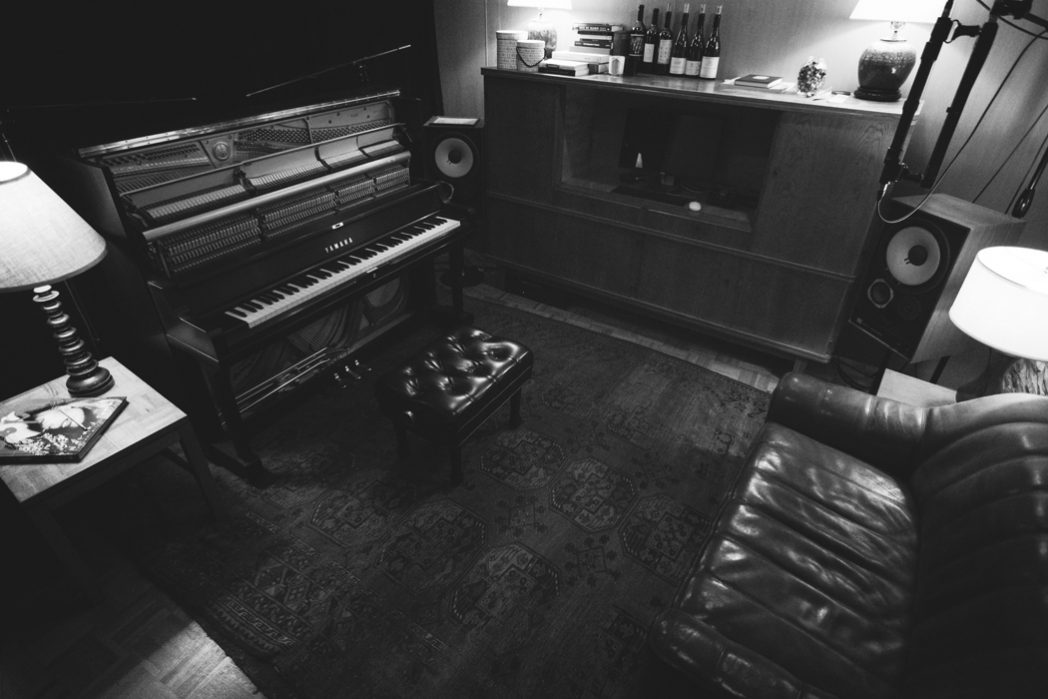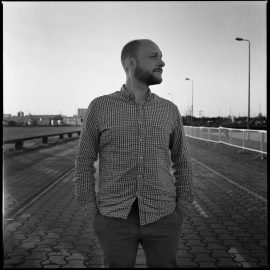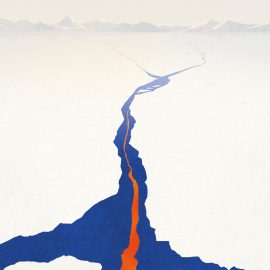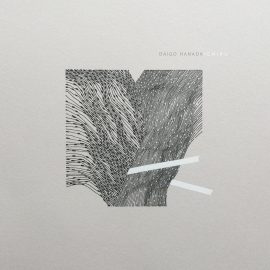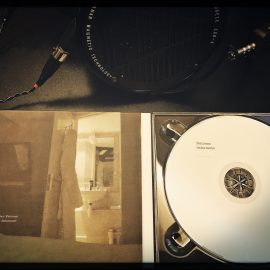Let’s start at the very beginning. Can you tell us how you got involved in composing, and what was your very first piece of gear?
My relationship with the piano began to unfold at the age of two. The memory of banging the keys of my very first instrument, creating a cacophony of sounds, with only my fingers, formed an everlasting memory that I retain to this day. I began to understand the relationship between notes when I was eight. This led to an immediate love affair and devotion to composition by the age of ten when I started to compose well-arranged pieces with a proper arc. From that moment on, I analyzed every symphonic and piano score I could get my hands on; I would listen to all recordings as I studied the notes, and the rest is history. Needless to say, I execute this same practice with the pop records I compose and produce. I will always be a student of composition; it’s the optimum way to remain contemporary. Other than a Casio keyboard that Santa gave my seven-year-old self for Christmas, the Korg DW-6000 was my first professional piece of gear.
How many different studio iterations have you gone through, and what does your final setup look like right now?
I have created well over twenty studio iterations to date. The earliest childhood studio setup in my parents’ basement evolved repeatedly to accommodate my evolving skills and the countless jam sessions I hosted with musician friends. Those years of designing, redesigning and maintaining a home studio greatly influenced the studio configurations I played and recorded in when I was a student of the Royal Conservatory of Music and also throughout my University studies as a theory and composition major. However, the experience of composing and producing international hit songs has taught me that it boils down to four configurations. Currently, my Santa Monica studio has six rooms, with three pianos and an actual control room. It is a highly modular space, and my team and I have created some incredible records and memories within those walls. COVID is inviting us to reevaluate our present needs; currently, I am in an acute mindset of reduction, and simplicity is of the utmost importance to me right now.
The control room is stocked with an array of proper preamps, equalizers, and compressors. Jay Paul Bicknell, my lead engineer, has a beautifully curated room with a great deal of vintage gear and instruments. I began investing in a professional microphone collection decades ago, purchasing C12s, Neumanns, B&Ks, AKGs, etc.…
It is important to state that despite the privilege of working in my current state of the art studio, we created some of our biggest hits in the smallest studio spaces. Big is not necessarily better.
Tell us about your favorite piece of hardware.
My pianos will always be my favorite piece of hardware. They are the most complex, honest, and imaginative gear in my wheel barrel. I have three Yamaha pianos at the studio – a custom C7, a B1 upright, and a custom upright YUS5.
And what about the software that you use for production?
Logic is undeniably the best software for me. When I am in mixing mode, I lean into Pro Tools. Since I was eleven years old, I remained loyal to Emagic’s Notator, which eventually became Logic by Apple.
Is there a particular piece of gear that you’re just dying to get your hands on, and do you think one day you’ll have it?
Yes, Monome. I have been obsessively curious about this piece of gear for a decade, and I will, in time, have one.
Can you please share some aspects of sound design in your work?
In my early and formative years, I was the king of packing MIDI sound on top of MIDI sound to create a new keyboard, pad, drum, and ambient sounds. At this moment in time, I have intentionally chosen to return to my roots, solo piano, where I rely exclusively on the wooden instrument itself. It is a refreshing or restoring and freeing experience, which I highly recommend. Any sound design is all done with experimentation through various reverbs and plugins.
Any particular new techniques that you tried out for your new album?
My most prominent technique, or better yet, my ultimate creed, is that everything for my current album needed to be’ natural’ when it came to musical sounds. I abided by the strict parameters and boundaries to use only my custom Yamaha YUS5 upright piano. The entire album was recorded using a piece of felt across the soundboard, which created the velvety, warm, and muted sound you hear on Tales of Solace. Jay Paul Bicknell (lead engineer) insisted on recording with some ribbon microphones, along with a pair of DPA (formerly B&K) mics and two Neumann 87s above the piano. In Jay’s words, “…the AEA R88 ribbon was used to capture the wood of the backside and a spaced pair of DPA 4006s to capture the mechanics and felt of the front side”.
What does your live setup look like, and what do you bring with you when you travel for an extensive tour?
Understandably, COVID has greatly impacted touring. When I envision me on a stage, I see myself playing on a world-class piano. My preferred piano is a Yamaha with felt to achieve my signature sound. My only other add-on is Logic, and I will be a happy camper eager to play.
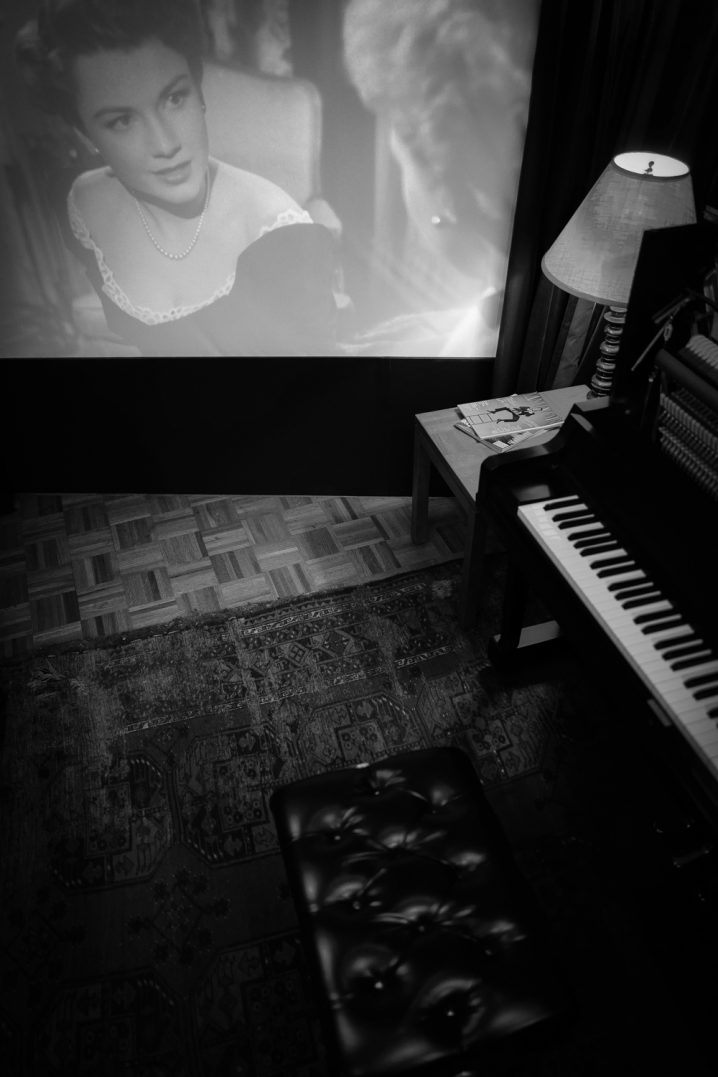
What is the most important environmental aspect of your current workspace, and what would be a particular element that you would improve on?
Vibe, esthetic, lighting, and mood are indispensable to me when it comes to recording. Having said this, I have been known to record some of my greatest takes and performances when nothing in the room even resembled a recording space. I strive for order, because often my mind is in chaos, brimming with music. When I compose piano nocturnes, I almost always record myself playing for hours, therefore I need to feel comfortable and at home in my space. I frequently play in the dark, with golden age black/white Hollywood classics playing soundlessly in the background. There is something about the movement of images that helps me compose and play for hours; for me, this is soothing.
What can you tell us about your overall process of composition? How are the ideas born, where do they mature, and when do they finally see the light?
This is a rich question, and yet a beautiful one regarding the process of my craft. I am experienced enough to realize there are no rules when it comes to creativity, receiving the divine muse, and the process of composition. Science and spirituality need to coexist as the fundamental ingredients in the composition. Personally, I compose from two different perspectives. The heart and mind act as a divine inspiration. There is also the positioning of my hands at the piano/keyboard. Neither angle is more necessary than the other; both are all-important.
After the piece is complete, how do you audition the results? What are your reactions to hearing your music in a different context, setting, or a sound system?
Objectivity and perspective are everything. It’s important I create space from the recording process so that when I return to my compositions, creations, and recording, I have a level of neutrality to see if I feel the same or different about the music when compared to when I was composing it. I have to be brutally critical and honest with myself because it is my intention to move my listeners.
Do you ever procrastinate? If so, what do you usually find yourself doing during those times?
I believe most creative people procrastinate before jumping into the water to create art. For myself, I procrastinate because I am aware of the amount of energy it takes to escape into the unknown, where I intend to create an authentic and truthful piece of art. Procrastination can also be interpreted as a form of meditation or preparation as long as we are aware that we are not avoiding doing something out of fear.
What gets you inspired?
What inspires me now are life’s simple gifts. People, kindness, compassion, stories… the older I get, the more humbled I become. Inspiration is truly everywhere around us.
And finally, what are your thoughts on the state of “electronic music” today?
It is the most exciting time in electronic music because of the fusion and marriage of acoustic instruments with computer music. Personally, I love the dichotomy between the new and old worlds. For example, marrying an acoustic piano with various sequencers and oscillating sounds has a magical effect. This is something Nils Frahm is doing very well.
